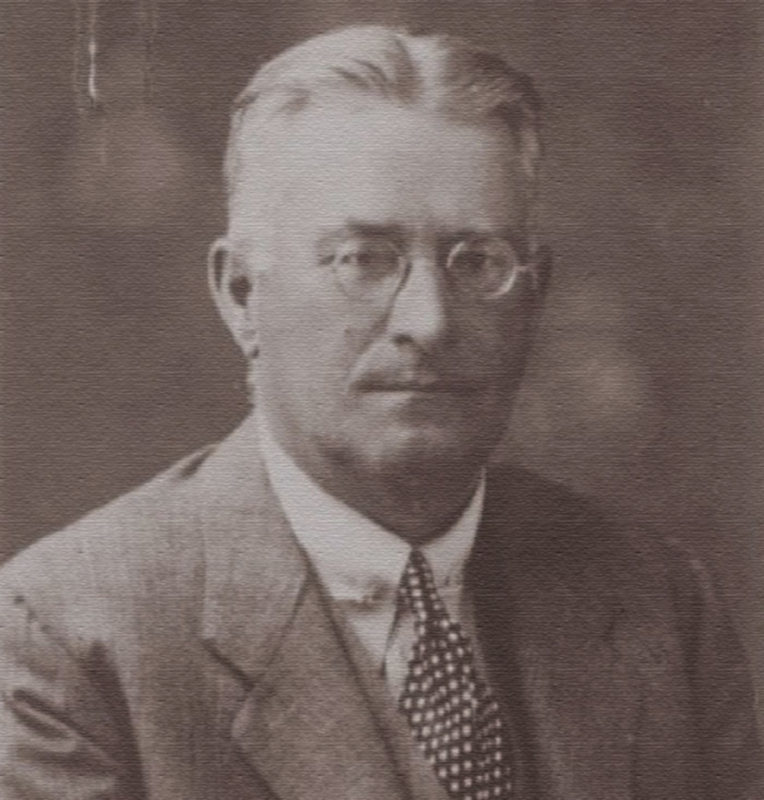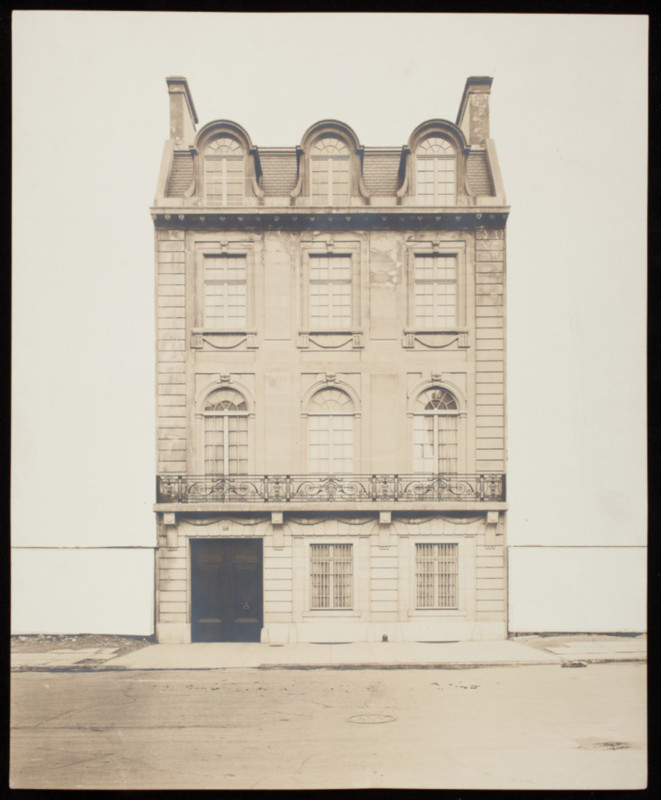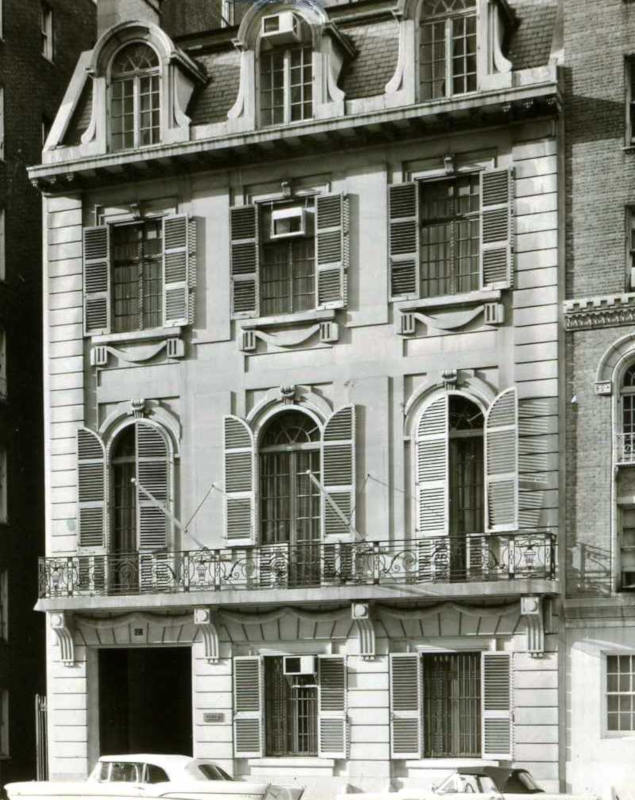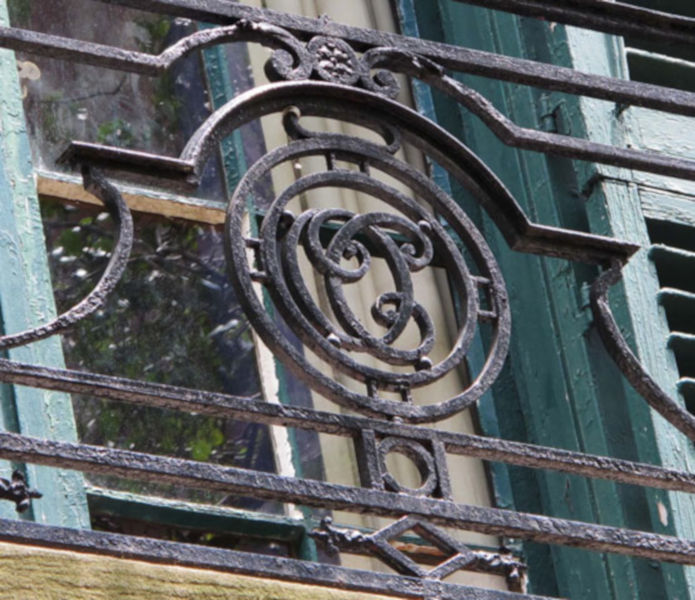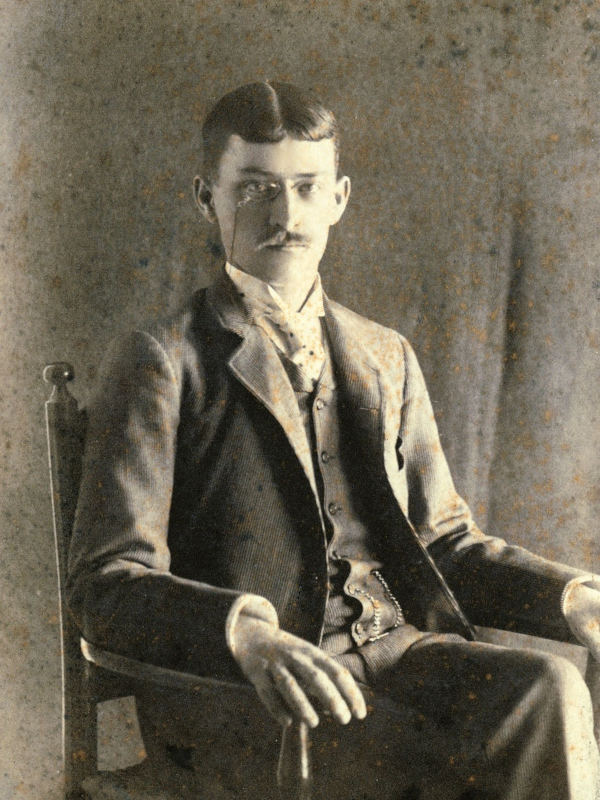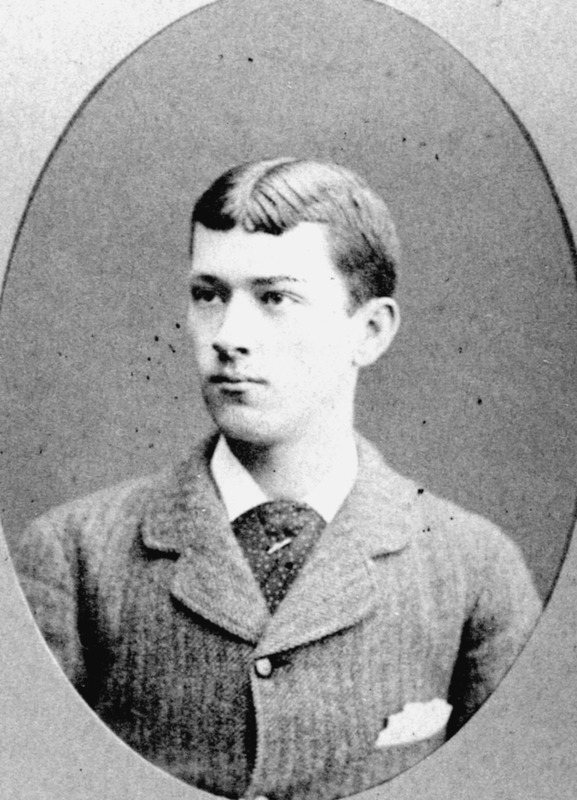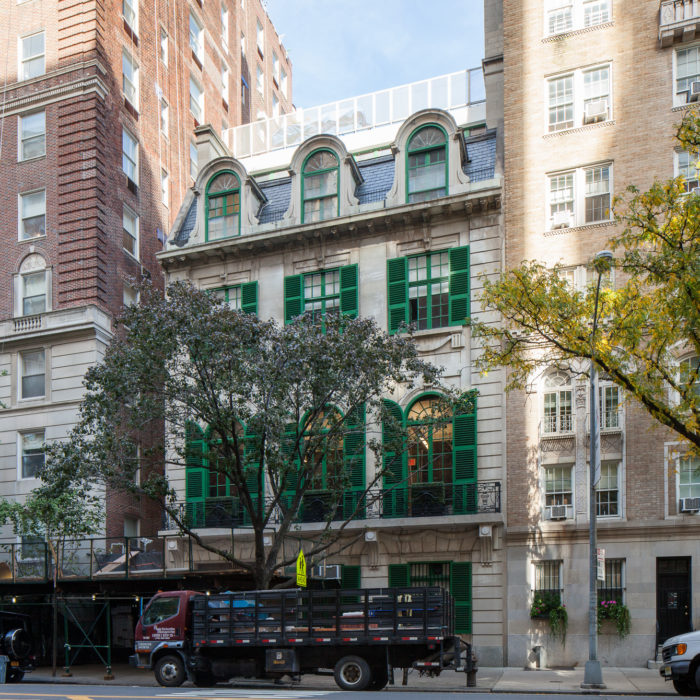
Ogden Codman, Jr. Residence
overview
Ogden Codman, Jr. was an influential early 20th-century interior designer and residential architect, most famous for the publication The Decoration of Houses (1897) with future novelist Edith Wharton.
Codman, who lived in this East 96th Street house (that he designed) from 1913 until 1919, is well-documented as active in the homosexual subculture of the 19th and early 20th centuries in Boston, New York, and Europe.
History
Born into a socially prominent Boston family, Ogden Codman, Jr. (1863-1951)
was raised mostly in France. After attending MIT for a year and working for several architectural firms, he opened his own office in Boston in 1891, seeking residential commissions in Newport, Rhode Island, as well. He transferred his office to New York in 1893. His reputation was established through such high-profile projects as the decoration of the interiors of future novelist Edith Wharton’s Newport cottage “Land’s End” (1893-94) and the upstairs decoration of Cornelius Vanderbilt II’s new mansion The Breakers by architect Richard Morris Hunt (1894-95), also in Newport.
Among Codman’s most distinguished and enduring accomplishments was the publication The Decoration of Houses (1897) with Edith Wharton, which called for a return to the order of classical architecture after what they deemed the vulgarity of the eclectic Victorian era.
Codman is well-documented as active in the homosexual subculture of the 19th and early 20th centuries in Boston, New York, and Europe. Surviving correspondence (1891 to 1913) in the collections of Historic New England, between Codman and architect Arthur Little, is amazingly candid about the upper-class men’s same-sex attractions and encounters with younger men. Both men were well acquainted with the homosexual underworld in New York, including such spots as The Slide on Bleecker Street prior to its being shut down in 1892, and the Everard Baths.
In 1904, at the age of 41, Codman unexpectedly married the wealthy Leila Griswold Webb, widow of millionaire railroad magnate H. Walter Webb. They purchased a double lot in 1910 on not-yet-fashionable East 96th Street, off Fifth Avenue. Leila died suddenly in 1910, before the house was begun, leaving Codman independently wealthy. His Parisian-influenced residence was constructed in 1912-13. The 1967 New York City Landmarks Preservation Commission’s designation report gives a (perhaps) accidentally coded description of Codman’s design: “There is an air of gayety and frivolous vitality in the architectural character of this French Renaissance townhouse, that is both refreshing and stimulating.”
Codman only lived in this residence for seven years. His architectural and decorating practice was ruined by World War I and he moved to France in 1919. According to David D. Doyle, Jr., “Codman spent the remainder of his long life with a succession of young male secretaries.”
Entry by Jay Shockley, project director (May 2019).
NOTE: Names above in bold indicate LGBT people.
Building Information
- Architect or Builder: Ogden Codman, Jr.
- Year Built: 1912-13
Sources
David D. Doyle, Jr., “‘A Very Proper Bostonian’: Rediscovering Ogden Codman and His Late-Nineteenth-Century Queer World,” Journal of the History of Sexuality (Oct. 2004), 446-476.
John Foreman, “Big Old Houses: Edith and Ogden,” June 30, 2015, bit.ly/2W5ekZM.
NYC Landmarks Preservation Commission, Manhattan Country Day School (Ogden Codman House Designation Report) (1967), and Pride Month slideshow (2013).
Do you have more information about this site?
This project is enriched by your participation! Do you have your own images of this site? Or a story to share? Would you like to suggest a different historic site?
